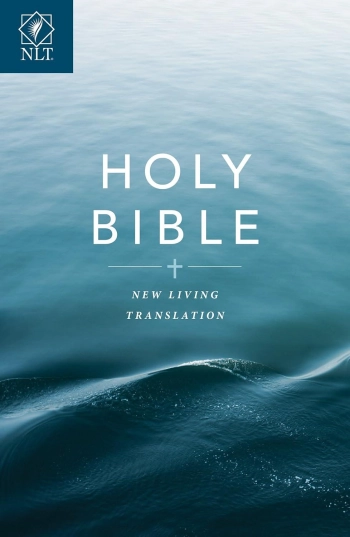1599 Geneva Bible (GNV)
The Geneva Bible: A Cornerstone of English Protestantism A Testament to Reform The 1599 Geneva Bible... Read More
The New Living Translation (NLT) is a contemporary English translation of the Bible that prioritizes clarity and readability without sacrificing accuracy. Published in 1996, it has become a popular choice for both casual readers and serious Bible students.
The NLT's primary goal is to make the Bible accessible to a wide audience. It uses clear and natural English, avoiding complex sentence structures and archaic language. The translators aimed to convey the core meaning of the original text in a way that is easily understood by modern readers.

The NLT has had a significant impact on the way people engage with the Bible. Its readability and clarity have made it a popular choice for personal devotions, Bible studies, and church teaching. The NLT has also been effective in reaching out to people who may have struggled with more traditional translations.
While the NLT has received praise for its accessibility, some critics argue that it may sacrifice some of the nuances and depth of the original text in its pursuit of clarity. However, the overall consensus is that the NLT is a valuable resource for understanding and applying the Bible's message.
In 2015, the New Living Translation Second Edition (NLTse) was released. This updated version incorporates new textual discoveries and linguistic refinements, further enhancing the translation's accuracy and clarity. The NLTse builds upon the strengths of the original NLT while addressing minor issues and incorporating the latest biblical scholarship.
The New Living Translation is a testament to the power of language in communicating the biblical message. Its focus on clarity and readability has made it a beloved resource for millions of people. The NLT's impact on how people engage with Scripture is undeniable, and it continues to be a valuable tool for personal and communal faith development.